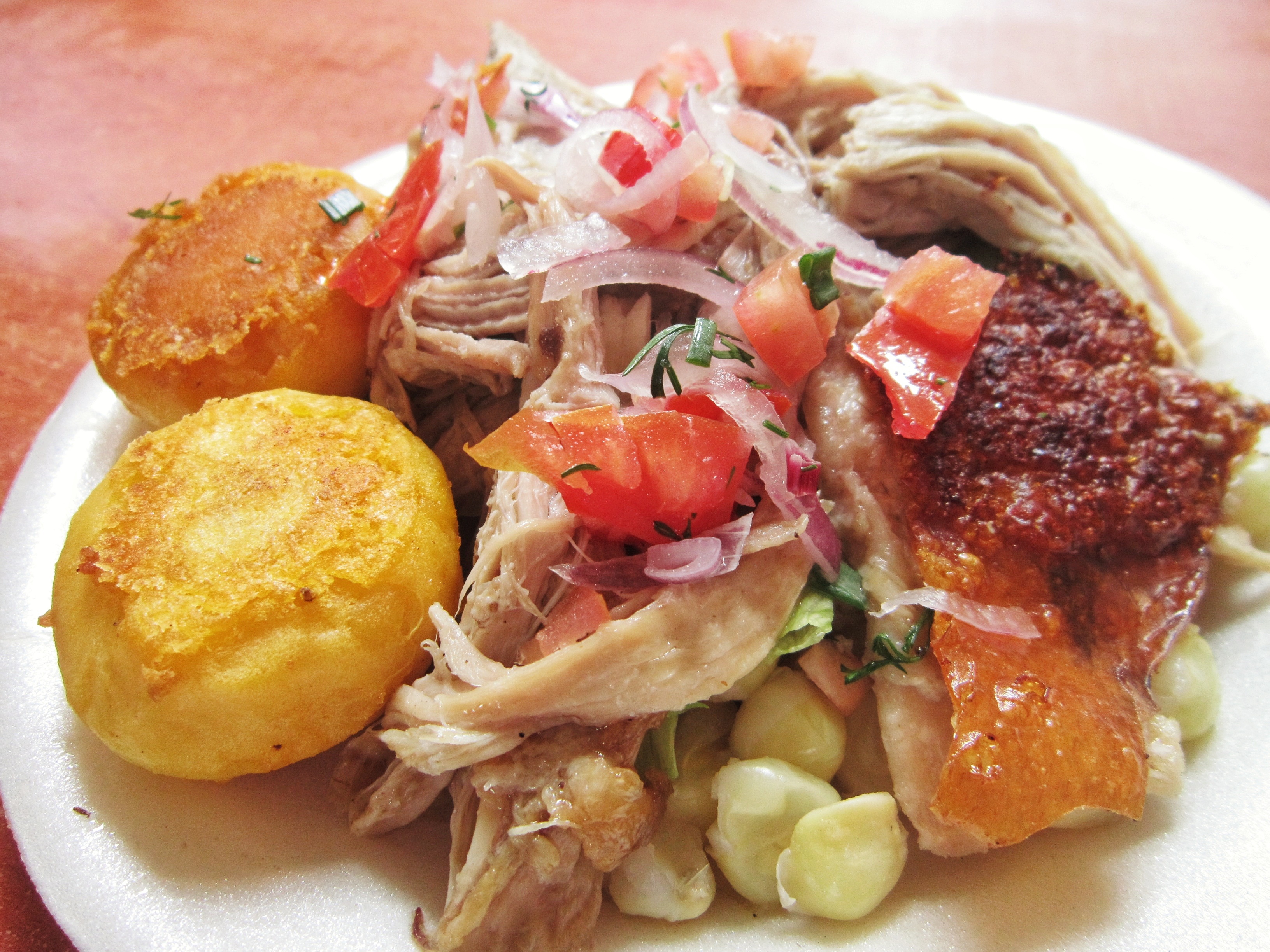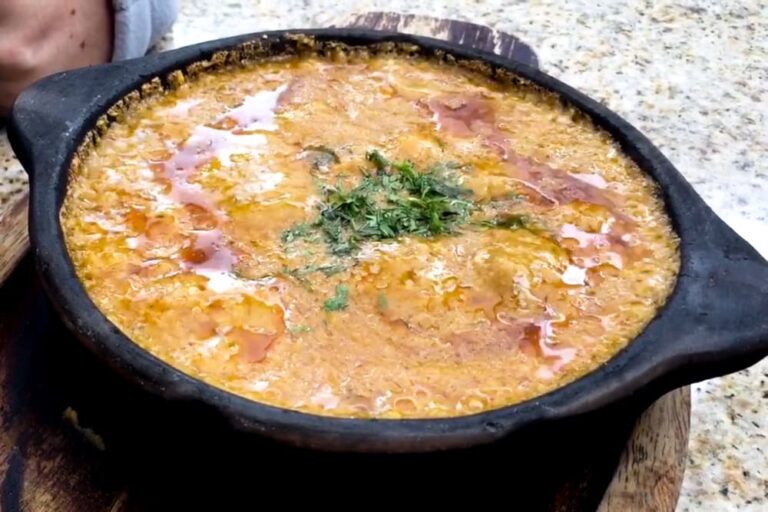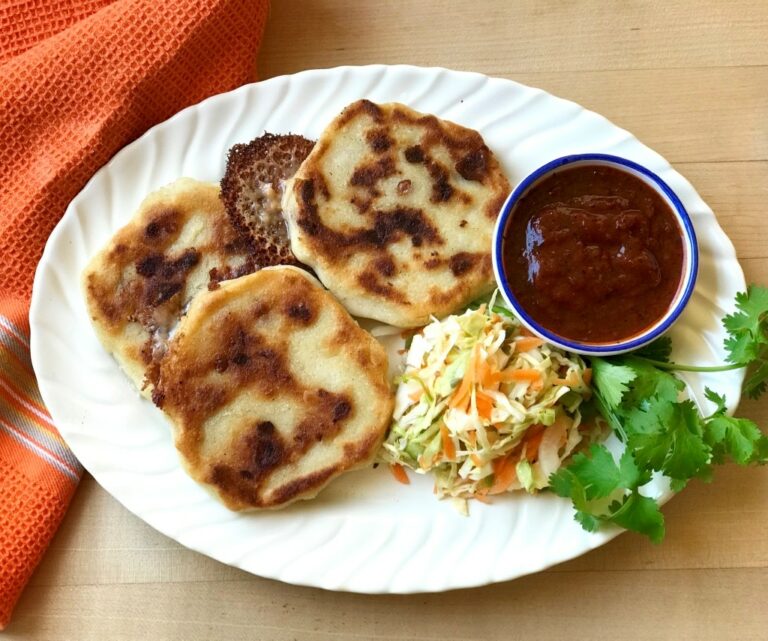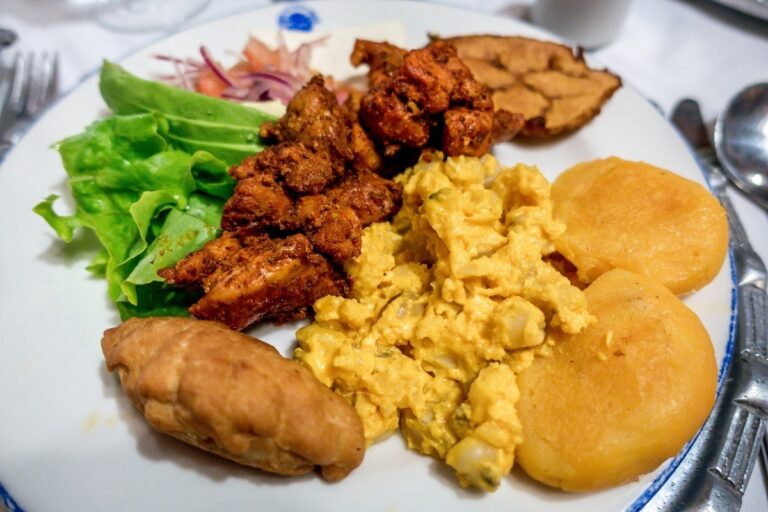Introduction: Seafood in El Salvador
Seafood is a popular cuisine in El Salvador, a country located in Central America. It is known for its variety of dishes that incorporate fresh fish, shrimp, crab, and other seafood. El Salvador is a coastal country, making it an ideal location for seafood lovers.
El Salvadorans have a unique way of cooking seafood, using local herbs and spices to give their dishes a distinct flavor. The seafood is often cooked in traditional ways, such as frying, grilling, and marinating. In this article, we will explore some of the most popular seafood dishes in El Salvador.
Pescado Frito: Fried Fish with Plantains
Pescado Frito is a classic El Salvadoran dish that consists of fried fish served with plantains. The fish is usually seasoned with salt, pepper, and garlic before being fried to perfection. It is often served with a side of sliced plantains that are fried until crispy.
This dish is a staple in many El Salvadoran households and restaurants. It is simple, yet delicious, and is often served with a side of rice and beans. Pescado Frito is a must-try for seafood lovers visiting El Salvador.
Ceviche: Raw Seafood Marinated in Lime Juice
Ceviche is a popular seafood dish that originated in Peru but has become a staple in many Latin American countries, including El Salvador. It is made by marinating raw seafood, such as shrimp or fish, in lime juice and spices. The acid from the lime juice “cooks” the seafood, giving it a unique texture and flavor.
In El Salvador, ceviche is often served as an appetizer or as a main course. It is usually accompanied by tortilla chips or tostadas and is topped with diced tomatoes, onions, and cilantro. Ceviche is a refreshing and light dish that is perfect for a hot summer day.
Camarones al Ajillo: Shrimp in Garlic Sauce
Camarones al Ajillo is a flavorful El Salvadoran dish that consists of shrimp cooked in a garlic sauce. The shrimp is sautéed in garlic-infused oil until it is pink and cooked through. The sauce is made with garlic, olive oil, and red pepper flakes, giving it a spicy kick.
This dish is usually served with a side of rice and beans and is perfect for those who love bold flavors. It is a popular dish in El Salvadoran restaurants and is a must-try for seafood lovers visiting the country.
Sopa de Mariscos: Seafood Soup with Vegetables
Sopa de Mariscos is a hearty seafood soup that is perfect for a cold winter day. It is made with a variety of seafood, such as shrimp, crab, and fish, and is cooked with vegetables, such as onion, celery, and carrot. The broth is usually made with tomato sauce and is seasoned with herbs and spices.
This dish is often served with a side of rice and is a popular choice in seafood restaurants in El Salvador. It is a comforting and filling dish that is perfect for seafood lovers.
Sopa de Pescado: Fish Soup with Vegetables
Sopa de Pescado is a fish soup that is similar to Sopa de Mariscos, but it is made with only fish instead of a variety of seafood. The fish is usually cooked with vegetables, such as onion, celery, and carrot, and is seasoned with herbs and spices.
This dish is also often served with a side of rice and is a popular choice in seafood restaurants in El Salvador. It is a lighter option than Sopa de Mariscos and is perfect for those who prefer a mild seafood flavor.
Mariscada: Seafood Medley with Rice
Mariscada is a seafood medley that consists of a variety of seafood, such as shrimp, crab, and fish, cooked with vegetables, such as onion, garlic, and bell pepper. The dish is usually served with a side of rice and is a popular choice for special occasions, such as weddings and birthdays.
This dish is rich in flavor and is perfect for those who love a variety of seafood. It is a must-try for seafood lovers visiting El Salvador.
Pupusas de Mariscos: Seafood-Stuffed Pupusas
Pupusas are a traditional El Salvadoran dish that is made with a thick corn tortilla stuffed with various fillings. Pupusas de Mariscos are pupusas that are stuffed with seafood, such as shrimp and fish.
This dish is usually served with a side of curtido, which is a type of pickled cabbage, and tomato sauce. Pupusas de Mariscos are a popular street food in El Salvador and are a must-try for those looking to experience traditional El Salvadoran cuisine.
In conclusion, El Salvador is a seafood lover’s paradise. The country has a rich culinary tradition that incorporates fresh seafood and local spices to create unique and delicious dishes. Whether you prefer fried fish or seafood soup, El Salvador has something to offer for everyone.










